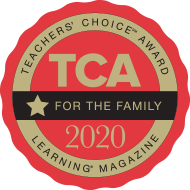Materials
- eyedroppers/pipettes
- small containers of water
- plastic plates
- toothpicks
- paper and drawing material
- "Our Ideas About Water" chart
Key Science Concepts
- Water can flow quickly or slowly.
- Water sticks together to make drops.
Vocabulary
Encourage children to use the words water drops and eyedroppers or pipettes.
Directions
Tell children that they will experiment some more with water drops. This time, they’ll make drops on plastic plates and use a toothpick to move the drops around.
- Pass out eyedroppers, containers of water, toothpicks, and plastic plates. Encourage them to explore making drops and experimenting with drops on the plate.
- Invite them to count one another’s drops as they gently squeeze the water out of the eyedropper.
- If they haven’t already, suggest that they use a toothpick or the dropper to push the water drops around the plate.
Reflect and Share
Talk with children about what they observe.
- What do you notice about the sizes and shapes of the water drops?
- I wonder what will happen if you hit the big drops with your toothpick.
- What if you try pushing two little drops really close together. What happens?
- What’s the smallest drop you can make? What’s the biggest?
- What happens if you tip the plate?
Using paper and drawing material, have children draw a picture of their drops. Then record their observations about water drops on your “Our Ideas About Water” chart.
Extension Activity
Tell children to have a raindrop race! Have them flick water with their hand onto smooth surfaces, like a window or a whiteboard. Talk about what you see: Look at that drop moving really fast! That little one is moving slowly. What could we do to make it move faster?

 Español
Español








